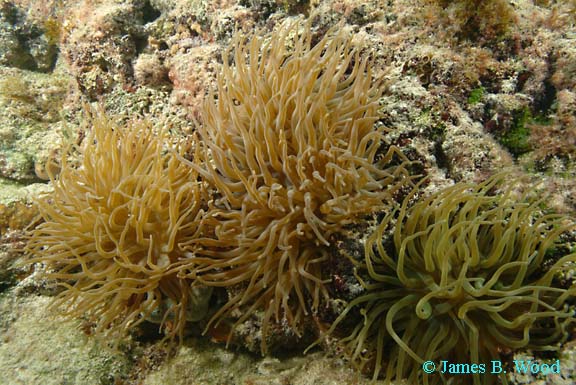Giant
Caribbean
Sea Anemone
(Condylactis gigantea)
(Condylactis gigantea)
By Marianna
Zahra
Dr. James B. Wood Editor
Dr. James B. Wood Editor
|
Giant
Caribbean
Sea Anemone
(Condylactis gigantea) By Marianna
Zahra
Dr. James B. Wood Editor |
